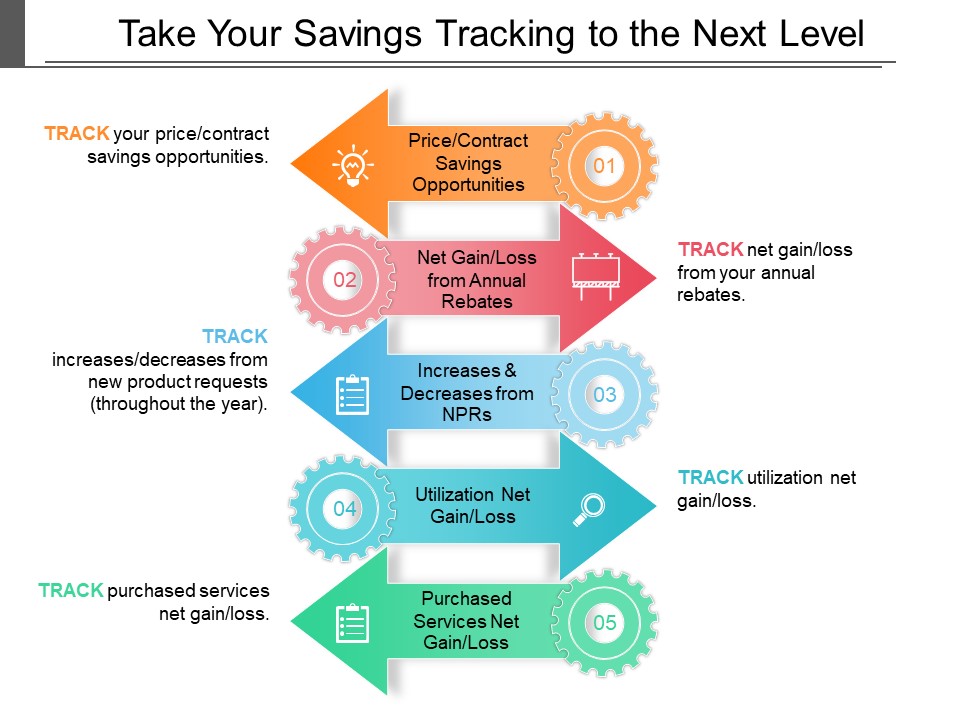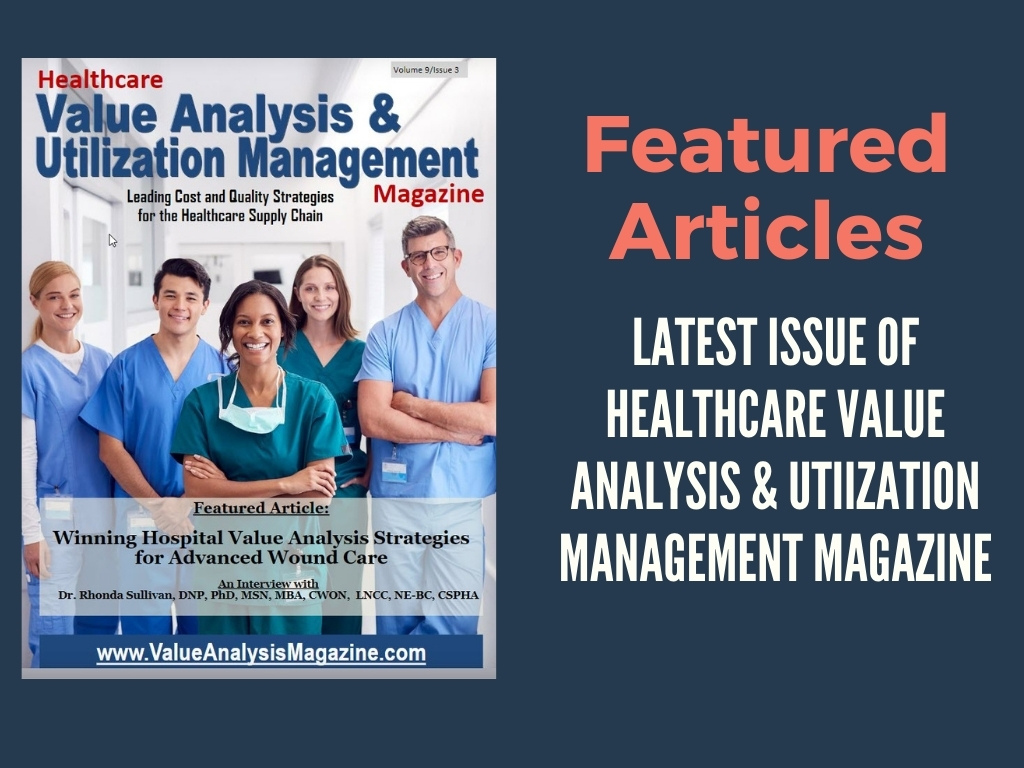By Robert W. Yokl, Sr. VP, Operations — SVAH Solutions
Hello 2021! I think most of us are happy to see 2020 pass us by and we can now focus on our goals for 2021. Given that we still have major challenges with the financial end of the healthcare supply chain business, I thought it would be a good idea to list best practices which could greatly assist healthcare value analysis and supply chain leaders.
Create a Supply Utilization VA Team: Yes, the time has come to create a supply utilization management team with the sole focus of attacking the utilization increases that are occurring on your high value supplies. This should be a no-brainer, as we often create teams for functional areas such as cardiology, cath lab, or even purchased services as a whole, so why not supply utilization management? We estimate that there is between 7% to 15% of total budget savings in supply utilization. This definitely warrants having a team to go after these savings.
I know what most of you are thinking: Doesn’t my current value analysis team manage these? The answer is that about 96% of all value analysis programs, unless they already have a utilization VA team, do not venture into the waste, inefficient use, or other utilization areas during a value analysis project. This leaves the door wide open to have a team to focus on a critical area of the healthcare supply chain that, if done right, may save more dollars than any of your current teams in place in 2021.
Give Your People the Valuable Next Level Training They Need: If you expect your supply chain team and department heads/managers to step up to the new financial challenges for your organization and pull a multitude of new, robust, and different savings out of a hat, then they will require new skills to do so. Like the creation of a supply utilization team in the first best practice example here today, you can form a team and give it a focus, but then what about the team members? For most newly formed VA teams, there will always be some obvious low hanging fruit that you can delve into for maybe one round of projects. After that, the team starts to lose momentum or worse, leaves hundreds of thousands or even millions of dollars on the table because your team members and leaders only know what they know and have not been given any advanced training.
If you give them the tools, tactics, and methods to take them where you want them to go to meet your savings goals, then it is a double win. You get the savings, and the team, if fully educated, will continue to deliver double digit savings to your organization for many years. Remember, most of your team members are department heads and managers and this new advanced training will transfer to their day-to-day budgets as well.
Take Your Savings Tracking to the Next Level: The biggest knock on supply chain savings reporting over the past 25 years has been the fact that we show all of these savings to our CFOs, yet the supply chain budgets keep going up year after year. I cannot tell you how many CFOs want to take the savings from the savings report and reduce these dollars from the budget. But how can we really do this when our savings reports are only showing one side of the equation or 50% of the true report? The other 50% are all the cost increases that are occurring with new product requests, contract increases, and other hidden increases (vendor upsells, utilization changes, etc.). At what point are we going to start to track all of the changes in savings and increases in our supply chain?
Stop Tracking Mission Critical Reports on Spreadsheets: Spreadsheets are versatile, jack-of-all-trades tools that can do so many things, but just one copy and paste error or missed calculation can throw off your entire mission critical report. Spreadsheets tend to become monsters to manage and control because we always add more columns of data to these, and many times overwrite the previous data that we want to obtain in case we need to revisit this area. It is the beginning of 2021. It is time to embrace a database-driven, automated approach to tracking mission critical reporting in the healthcare supply chain. I recommend that you create an internal supply chain team to review your mission critical reports and work to automate these into databases and associated reporting.
Keep in mind, there may be low cost solutions in the marketplace that have already done the heavy lifting of putting these mission critical reports into a database system that you can use “turn-key.”
Establish a Baseline: I cannot give a more perfect example of establishing a baseline of data than the Covid-19 PPE crisis and all the other supply cost (not to mention acquisition) challenges that hospitals have faced. The good news for our hospital and health system clients is that when they do business with us, we set up their baseline data from a volume centric standpoint and thus give them a rock-solid baseline moving forward. They have a baseline on over 700 major products and services to compare to in a good year and the changes that did or did not occur from FY19 on to FY21. Without this baseline data on cost per metric, they would just be flying blind moving forward.
So, when one of our client’s isolation gowns’ cost went to $45 per patient day due to Covid-19, they knew that their previous baseline cost per patient day was $0.95. Why is this important? You need to have this baseline data to know what to go after. At some point, this PPE challenge will subside, and hospitals will need to have goals for supply chain and internal customers on what the new normal is. Will they ever get back to $0.95 per patient day? Probably not for a few years, if ever, but they know they need to dial back their spend from being 4,736% over their previous fiscal year’s cost. Most importantly, this is only one category of over 700 major categories a hospital purchases. Most have been affected in small ways or not at all.
Final Thoughts
If I were to recommend the most important two elements to have the most dramatic effect on your healthcare organization’s bottom line from the list above, I would say that number one would be to establish a baseline. If this is done on an ongoing basis, it will give you all of the reporting you need to track in an exacting manner with confidence (spend, cost per metric, year over year, internal benchmarks, etc.). You can’t ask for a better major system than this that can answer so many questions, customer challenges, and much more.
Secondly, it is long past due to establish a supply utilization team and acknowledge that there are big dollars in this area, and that you don’t have to wait for any contracts to expire or GPO agreements to be finalized. You can quickly get inside your own contracts, utilization, and requirements, and find out which product categories are causing damage to your bottom line. Your team can quickly develop solutions to drive out these savings and keep them driven out.
In a perfect world, I would want to see all healthcare supply chain organizations throughout the country achieve all of these 2021 objectives that I laid out above, but even if you just achieve one or two, you will be so much better off than you were at the end of 2020.
| About Robert W. Yokl, President of SVAH Solutions |
|---|
| Robert is the President of SVAH Solutions which provides value analysis, clinical supply utilization, and savings validation tools to help healthcare organizations gain the next level of savings beyond price and standardization. https://www.SVAH-Solutions.com https://www.SavingsValidation.com |






